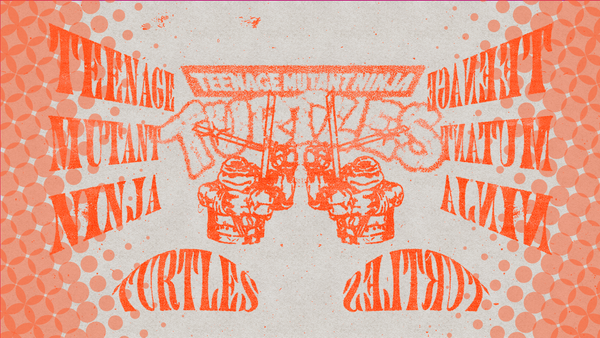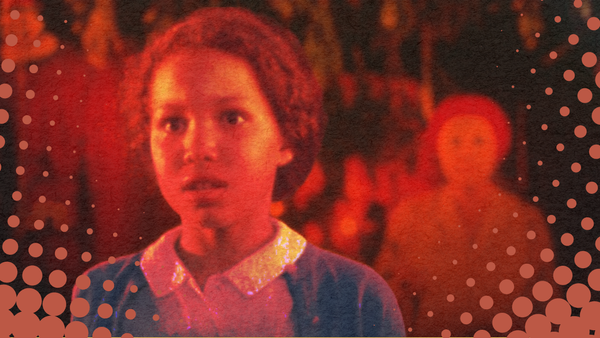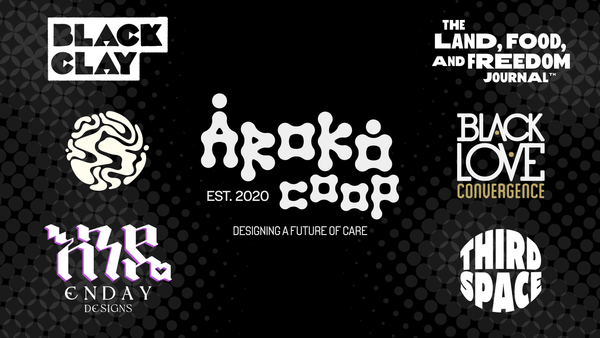Discord Decides: How Nepal's Youth Turned Gaming Infrastructure into Architecture For Liberation
145,000 young Nepalis turned Discord into a digital parliament and elected their country's first woman interim prime minister. Design reflects the values of those who wield it, not those who built it.
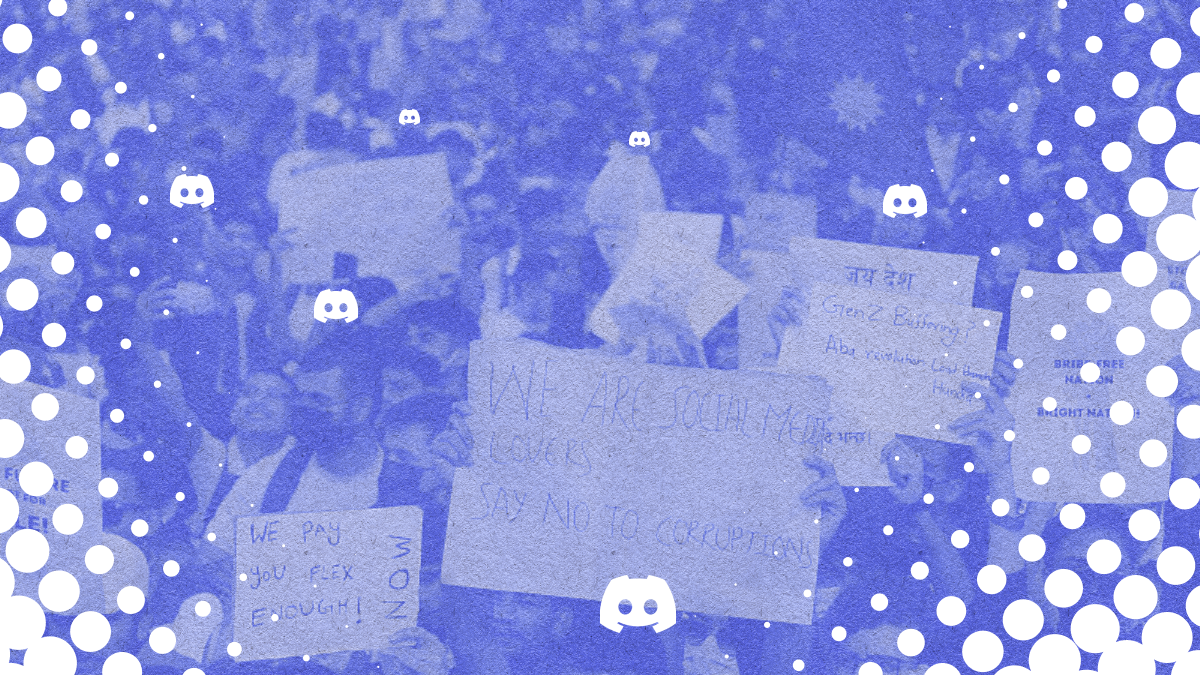
While Nepal's government scrambled to ban 26 social media platforms like Facebook, Instagram, YouTube, TikTok, 145,000 young Nepalis were already elsewhere, transforming a gaming platform into a parliament. On a Discord server called "Youth Against Corruption," they were voting for their country's future.
Within days, former 73-year-old Chief Justice Sushila Karki became Nepal's first woman interim prime minister, elected through the same interface kids use to coordinate Fortnite squads. After more than 7,700 votes were cast, Karki crossed the 50% threshold. The country is set to hold elections on 5 March 2026 to determine its next full-time prime minister.
Nepal's youth revealed a truth our Design to Divest Manifesto principle “Divest” has defined as follows:
DIVESTING FROM THE NOW CREATES LIBERATED MINDS IN ACTION. A LIBERATED MIND CAN EMBRACE THE JOY OF LIMITLESS POSSIBILITIES TO IMAGINE AND CREATE THE WORLD AS ONE NEEDS IT TO BE. EQUITY IS A MOVING TARGET.
When Nepal's government banned mainstream social media platforms, youth didn't mourn lost access to algorithmic feeds. They recognized Discord's accidental gift: server autonomy. Unlike Facebook's centralized moderation or Twitter's trending manipulation, Discord servers operate like digital sovereign territories. The platform provides infrastructure; communities create governance.
Design for Divestment: Liberation Through Digital Tools
Àrokò's principles of the Design to Divest Manifesto asks: how can design serve liberation instead of domination? The Nepal event shows several ways:
- Divesting from legacy power structures. Discord, traditionally associated with gaming, offered a space outside state control. Amid bans of social-media platforms, youth repurposed an alternative tool to organize. They divested from platforms that could be more easily shut down or surveilled, choosing tools that allowed horizontal community decision-making. The "Youth Against Corruption" Discord server became what Nepal's parliament couldn't: transparent, accessible, participatory. Voice rooms for real-time debate. Polling bots repurposed from choosing game maps to choosing leaders.
- Design as infrastructure of collective self-determination. The server was not just a discussion board. It was an infrastructure for decision-making: proposals, debates, votes, consensus. Design features of Discord (servers/channels, polling, moderation, voice/text) were used not for entertainment but as scaffolding for bottom-up governance.
- Reclaiming design to affirm dignity. By gathering on Discord, Gen Z in Nepal signaled that every person counts. Their voices mattered. Using digital affordances (voting, debate) in public in participatory ways dignifies people. It challenges the idea that only certain knowledges or institutions decide who leads.
But let's not romanticize. Discord remains a corporate infrastructure. Discord Inc. could delete everything tomorrow. The platform that enabled liberation infrastructure could disable it just as quickly.
This is the perpetual vulnerability of using master's tools for liberation. Nepal's youth didn't choose Discord from infinite options; they chose it because mainstream platforms were banned, because Discord flew under government radar, because gaming infrastructure seemed apolitical until it wasn't.
The lesson isn't that Discord is revolutionary. It's that revolution will transform any available infrastructure into tools for liberation.
